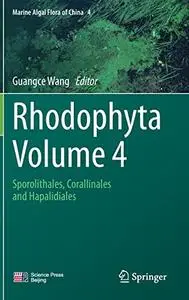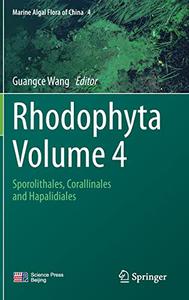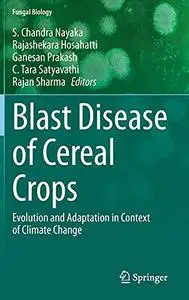Rhodophyta - Volume 4: Sporolithales, Corallinales and Hapalidiales by Guangce Wang
English | EPUB | 2023 | 177 Pages | ISBN : 9811963665 | 123.3 MB
This book is the fourth volume of the “Marine Algal Flora of China-Rhodophyta.” The series has seven volumes covering about 20 orders, 45 families, 173 genera, and 560 species including over 150 species firstly described from China, indicating significant importance to the knowledge of North-Western Pacific marine algal flora. The fourth volume covers coralline algae, including Sporolithales, Corallinales, and Hapalidiales.








